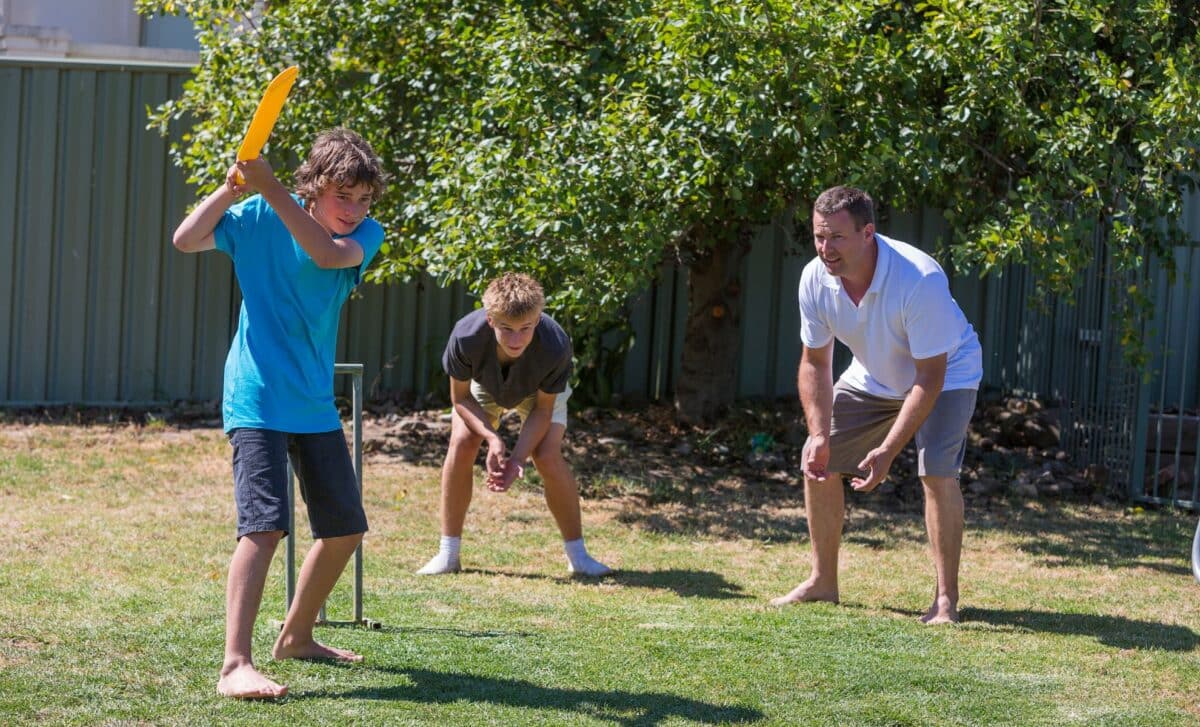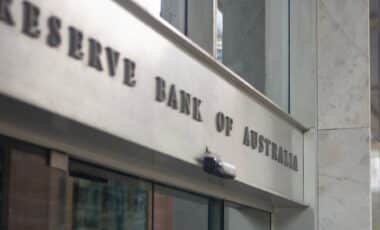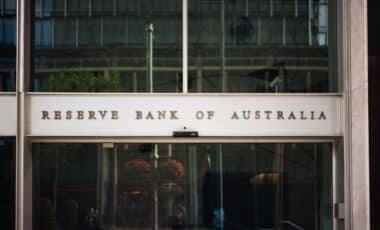With land prices soaring and the demand for smaller homes growing, backyards in Victoria are slowly disappearing. In the past 15 years, Melbourne’s average block size has shrunk by more than 140 square metres, leaving homeowners with tough choices—hold onto outdoor space or prioritise modern home features.
To make up for the loss of private gardens, developers and planners are shifting their focus to shared community spaces. As backyards become a luxury rather than a given, this shift is reshaping suburban living, raising questions about how future generations will experience outdoor life at home.
As realestate.com.au reports, the trend of diminishing backyard space is reshaping Victoria’s housing landscape, with experts warning of long-term implications for residents.
Smaller Blocks, Bigger Challenges
Victoria’s housing blocks are shrinking faster than ever, with new home sites now averaging just 350 square metres—a significant drop from 495 square metres in 2009, according to property firm Oliver Hume.
The main culprit? Soaring land prices, which have more than doubled in recent decades, jumping from $183,000 to $408,000.
What hasn’t changed, though, is the size of the homes themselves, which still sit at around 247 square metres. As a result, outdoor space is being squeezed out, leaving homeowners with smaller and smaller backyards.
In fact, Melbourne now has the smallest average block size in the country, making the classic spacious backyard a thing of the past for many families.
Developers have responded by designing smaller outdoor spaces and maximising indoor living. Adrian Popple, design director at Metricon, notes that many buyers prioritise extra bedrooms, home offices, and entertainment areas over garden space.
“Homes will continue to get smaller, blocks are reducing in size and that puts pressure on the home design and something will have to give — whether that’s a bedroom, or a second living area,” he explained.
Are Public Parks Replacing Private Gardens ?
With private backyards becoming increasingly rare, developers are turning to public spaces as a solution. Villawood Properties, one of Victoria’s largest developers, has been incorporating more parks into new housing estates, ensuring residents are within a five to six-minute walk of green spaces.
Rory Costelloe, CEO of Villawood, acknowledges that while communal parks foster social interaction, they cannot fully replace the experience of having a private outdoor space.
“The current back yard is probably not more than three metres wide and it’s not really enough room to bash a cricket ball around,” he said.
In response, some developers are hosting community cricket tournaments in public parks to maintain traditional Australian pastimes. However, industry experts warn that shrinking private gardens may impact children’s outdoor play habits and reduce opportunities for self-sufficient gardening.
The push for higher-density housing continues, as a consequence urban planners face the challenge of ensuring that green spaces remain accessible while balancing the demands of affordability and sustainability.
While backyards may be getting smaller, the demand for outdoor living is unlikely to disappear—forcing developers to find creative solutions for future housing needs.









